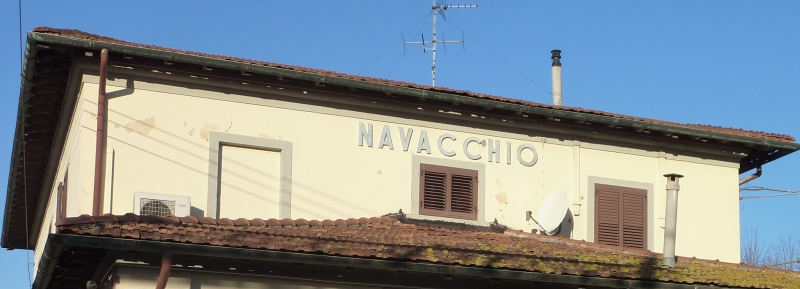*This is the third in a series of posts from Dr Michael Piotrowski, one the recipients of the DM2E Open Humanities Awards – Open track.*
Europäische Friedensverträge der Vormoderne online (“Early Modern European Peace Treaties Online”) is a comprehensive collection of about 1,800 bilateral and multilateral European peace treaties from the period of 1450 to 1789, published as an open access resource by the Leibniz Institute of European History (IEG). The goal of the project funded by the DM2E-funded Open Humanities Award is to publish the treaties metadata as Linked Open Data, and to evaluate the use of nanopublications as a representation format for humanities data.

On December 11, I was invited to speak about the project at the DM2E Final Event in Navacchio, Italy. I gave a talk entitled “Early Modern European Peace Treaties Online—The LOD Remix.” You can find the slides on SlideShare; for a full report of the event, see the blog post Final DM2E & All-WP meeting, 11–12 December, Pisa.
I gave the talk the subtitle “The LOD Remix” because it started with a brief account of the prehistory, i.e., the project that created the database we used as the starting point for our project: “Europäische Friedensverträge der Vormoderne – online,” which was funded by the DFG from 2005 to 2010. I then went on to describe the current state of our work at that time; you can find the main points in my previous blog post.
I could also report on a surprising discovery I had made just a few days before the event. If you’ve read my previous posts, you may have noticed that we’re missing one interesting type of information: the names of the negotiators involved in the negotiation of the treaties. So I was happy to tell the audience that in the context of the BMBF-funded project Übersetzungsleistungen von Diplomatie und Medien im vormodernen Friedensprozess. Europa 1450–1789 (June 2009–May 2012), researchers at the University of Augsburg have gathered all the negotiators relevant to the treaties contained in our database, as well as the languages they’re written in. Some of the data is published as lists on their website, but these lists are actually exported from a Microsoft Access database, which contains additional information.1 We’re in contact with our colleagues in Augsburg and working towards a way to combine their data with our data and to publish everything as LOD. We may not be able to complete the merge in time for the first release, but we hope to finish it soon afterwards.
I also had some interesting conversations during the event, which prompted me to think a bit more about the modeling from a conceptual perspective. Our current modeling essentially represents the contents of the original relational database in RDF. For a future version I’d like to re-examine the relations between the various entities involved, such as those between a conclusion of peace(an event), a peace treaty (perhaps a work in the sense of FRBR), and various copies and versions of a treaty (manifestations).
We hope to release the first version next week, and in the next post I will then describe this release and maybe do a little retrospective of the project.

Comments are closed.